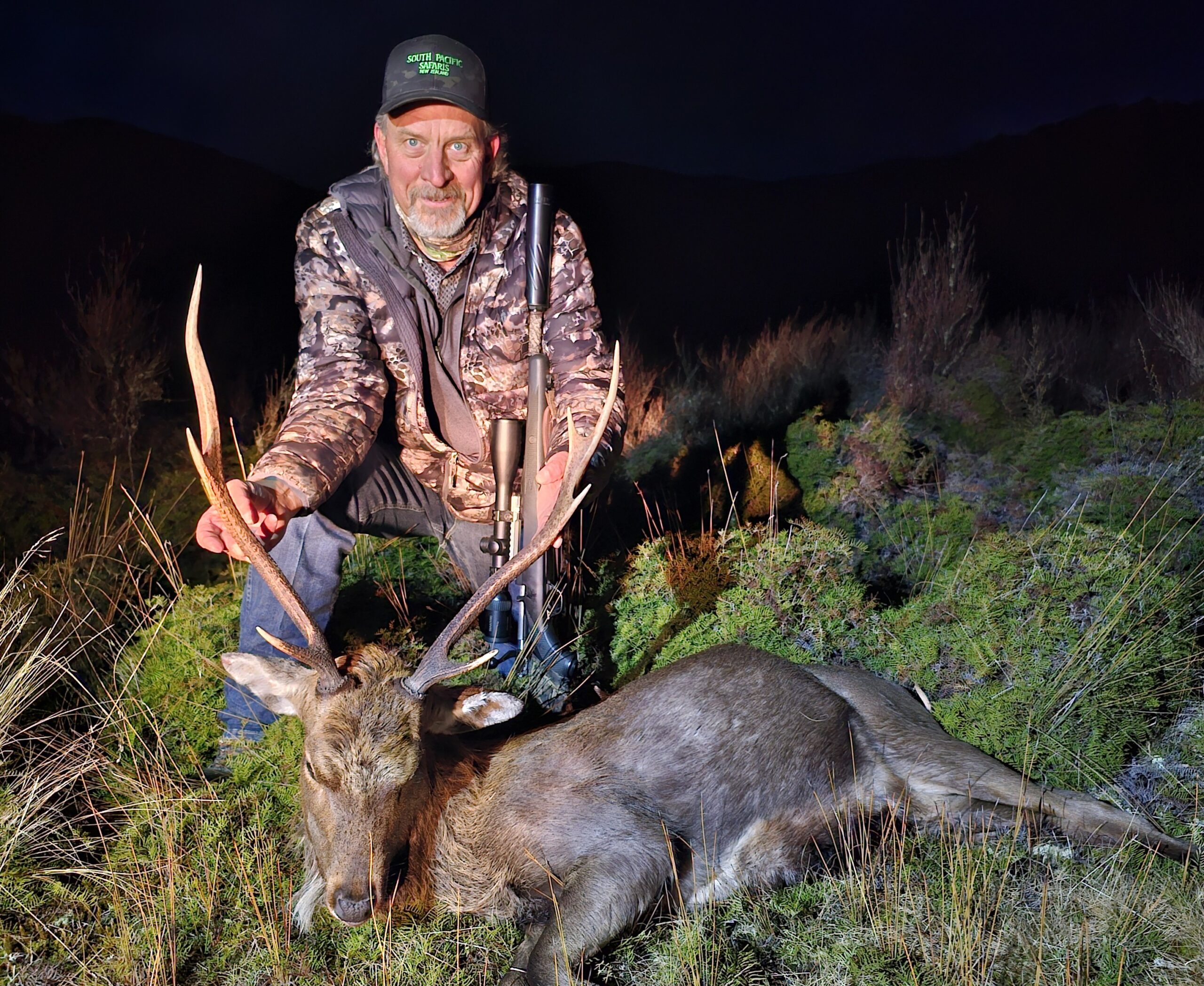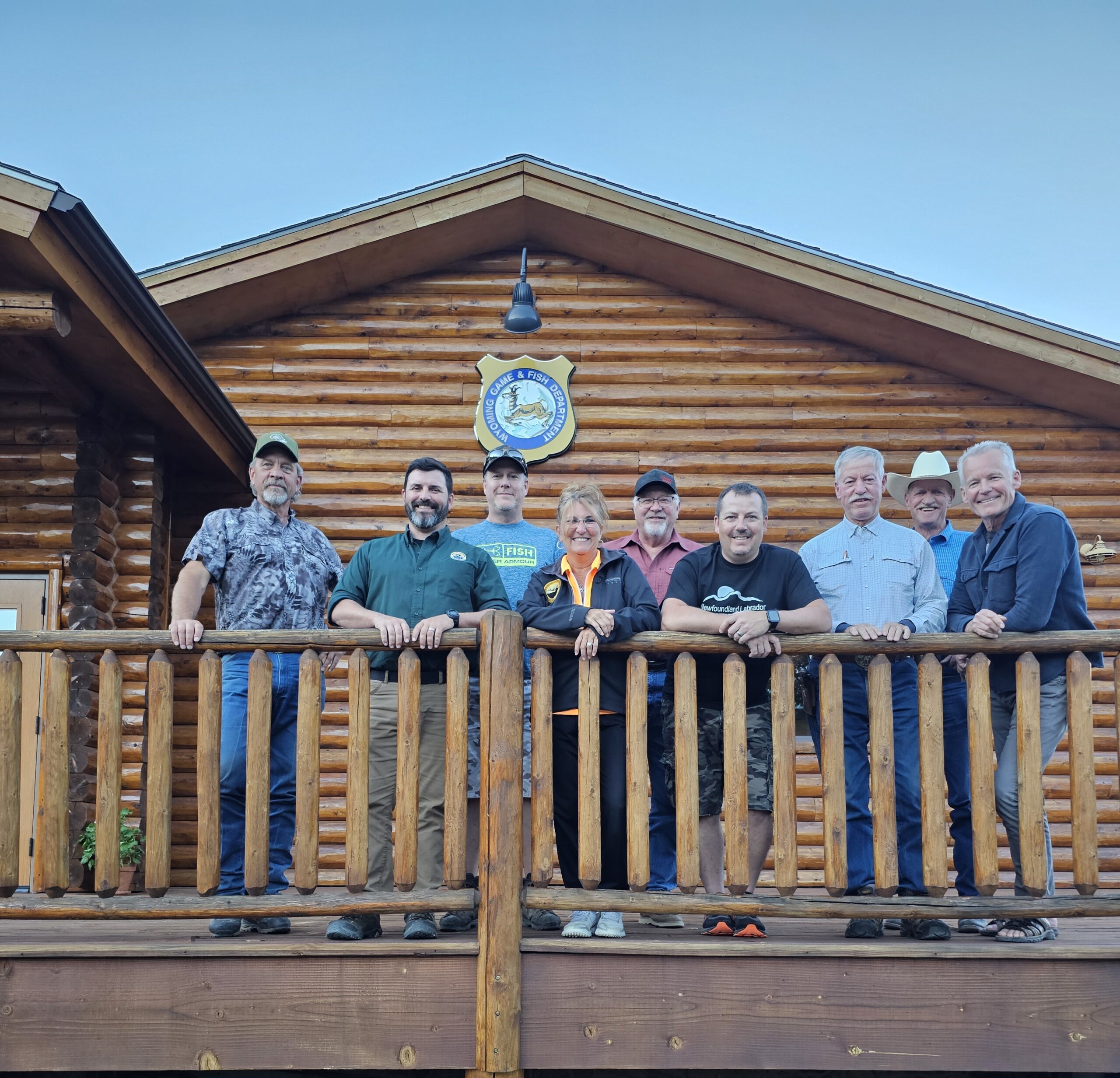By Dr. Chris Comer, Director of Conservation for the Safari Club International Foundation.
Like most deer biologists and many deer hunters in North America, I try to keep current with any news related to chronic wasting disease (CWD). This deadly disease that affects several cervid species, and is particularly associated with white-tailed deer, mule deer, and elk, represents the single greatest threat to hunting and the North American model of wildlife management as it is currently practiced. To be honest, most of the news is pretty depressing as it consists of new populations or states infected with CWD. With no vaccine or cure available and even developing testing for CWD a real challenge, it can often feel like there is little hunters or deer managers can do. However, new research from Colorado suggests that hunting pressure can help slow the spread and may reduce the prevalence of CWD infection if properly implemented.
Colorado has a long history of dealing with CWD, as the disease was first described in mule deer from a captive research facility in the state. Portions of Colorado and adjacent Wyoming have been considered areas where CWD is “endemic” to wild deer and elk but that distinction is rapidly becoming meaningless as the disease becomes more widespread in free-ranging populations. Nonetheless, prevalence rates (defined as the proportion of harvested male deer testing positive for CWD) as high as 40% have been noted in some Game Management Units (GMUs). Prevalence in elk is generally lower (<10%) but the disease is still widespread. In response to these challenges, the Colorado Parks and Wildlife Department (CPW) produced one of the most comprehensive CWD response plans available in 2018. The plan sets prevalence thresholds (generally 5%) for management actions that focus on using hunter harvest to accomplish various goals such as reduced density and reduced male-female ratio in affected GMUs.

Although the management actions prescribed in the response plan are just now going into effect, CPW had surveillance data from CWD monitoring data for the period from 2002-2018. Furthermore, hunting regulations on many GMUs changed (sometimes multiple times) for various reasons, both CWD related and not, over that time period. Veterinarians and wildlife biologists from CPW used a statistical technique called logistic regression to examine the relationship between the number of licenses sold in each GMU with the probability of a male mule deer being CWD positive in that GMU. Specifically, they used the number of licenses sold for late October and later, as this was thought to best reflect hunting pressure on mature males (the most vulnerable to CWD infection) and when CWD-infected deer were most likely to be harvested. Studies like this are termed “natural experiments” in that the regulations were not designed to study these effects, but still provided an opportunity to examine those effects.
Over the study period, CWD prevalence increased by more than 5% (up to 25% increase) in 6 GMUs, showed small increases or stayed stable in 5, and declined by nearly 10% in 1 GMU. The analysis showed that the number of licenses sold for late October-early November best explained the patterns in CWD prevalence—along with characteristics of the individual GMU like starting prevalence and deer population. The four GMUs with the largest declines in hunting license sales showed the greatest increase in CWD prevalence among the 12 GMUs. Each of these areas had low prevalence of CWD in 2002, and harvest regulations were implemented to limit buck harvest and promote increased numbers of mature males. In contrast, the one GMU where prevalence declined was one of three where CWD was already present at relatively high prevalence and was subject to aggressive doe harvest and even targeted culling by sharpshooters in 2002-2006.
We should note that this was a retrospective analysis of a natural experiment, and there is no way to prove causation (i.e., we cannot say for sure that the regulations caused changed in CWD prevalence). Other analyses of hunting as a CWD management tool have been equivocal or suggested that more targeted culling is needed to achieve reductions in prevalence. The authors emphasize that they did not see reductions in prevalence in all GMUs, even with sustained harvest, and that harvest regulations will have to be adapted to each individual situation. Like all disease management strategies, hunting is more effective when prevalence is low, early in disease progression. Furthermore, some hunting strategies favoring mature males may be counterproductive. However, the study shows that sustained hunting pressure can suppress disease spread if deer hunters are willing to participate. From a management perspective, hunting is more socially acceptable and more cost-effective than any other available technique. Particularly if deer hunters use reasonable precautions (e.g., boning out meat, avoiding spinal or brain tissue, and getting their deer tested), there is no evidence that consuming venison from deer taken in areas where CWD occurs presents significant human health risk. Educating yourself about CWD and supporting prudent state and provincial agency efforts to manage CWD remains the best way for all of us to pitch in and be part of the solution.



